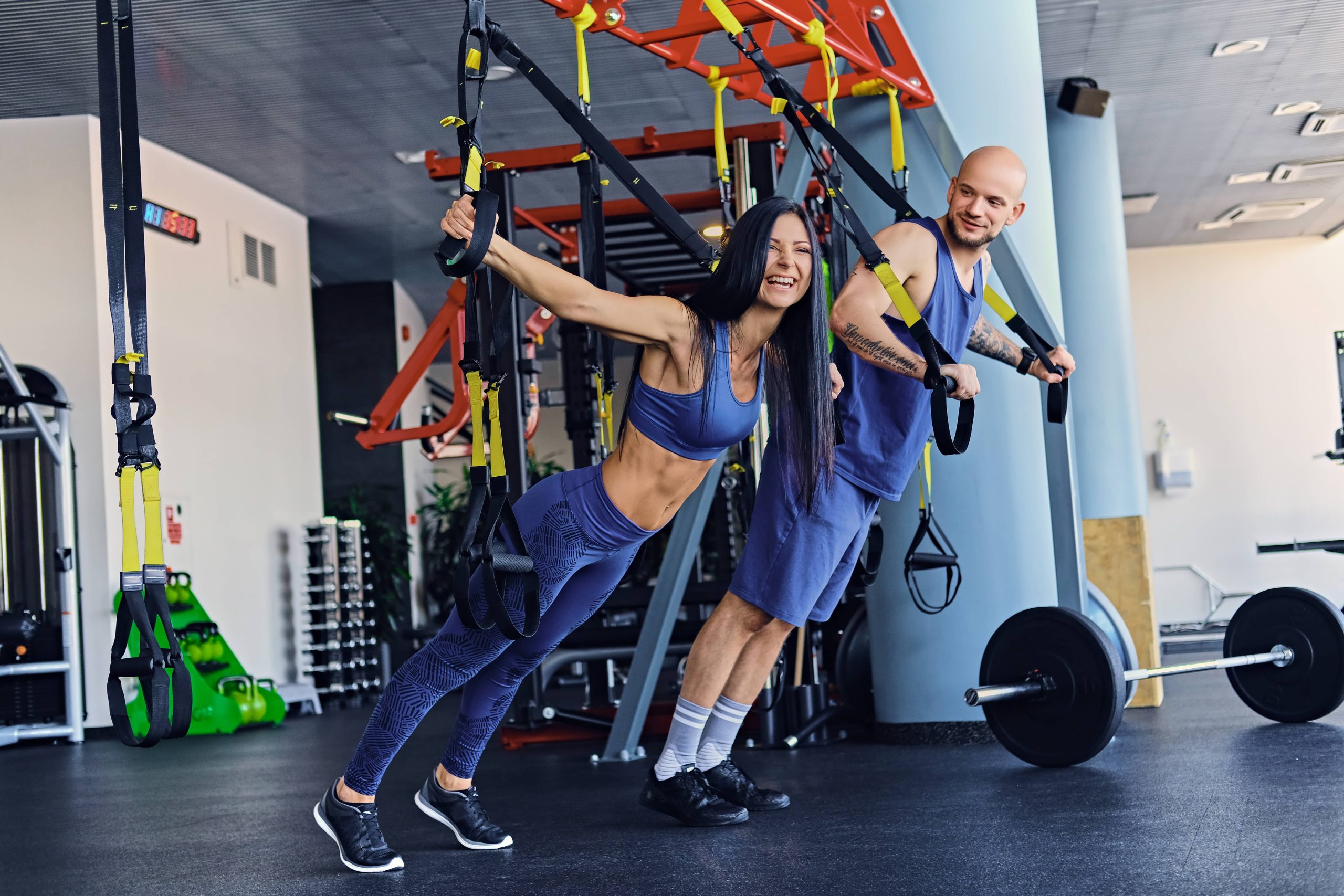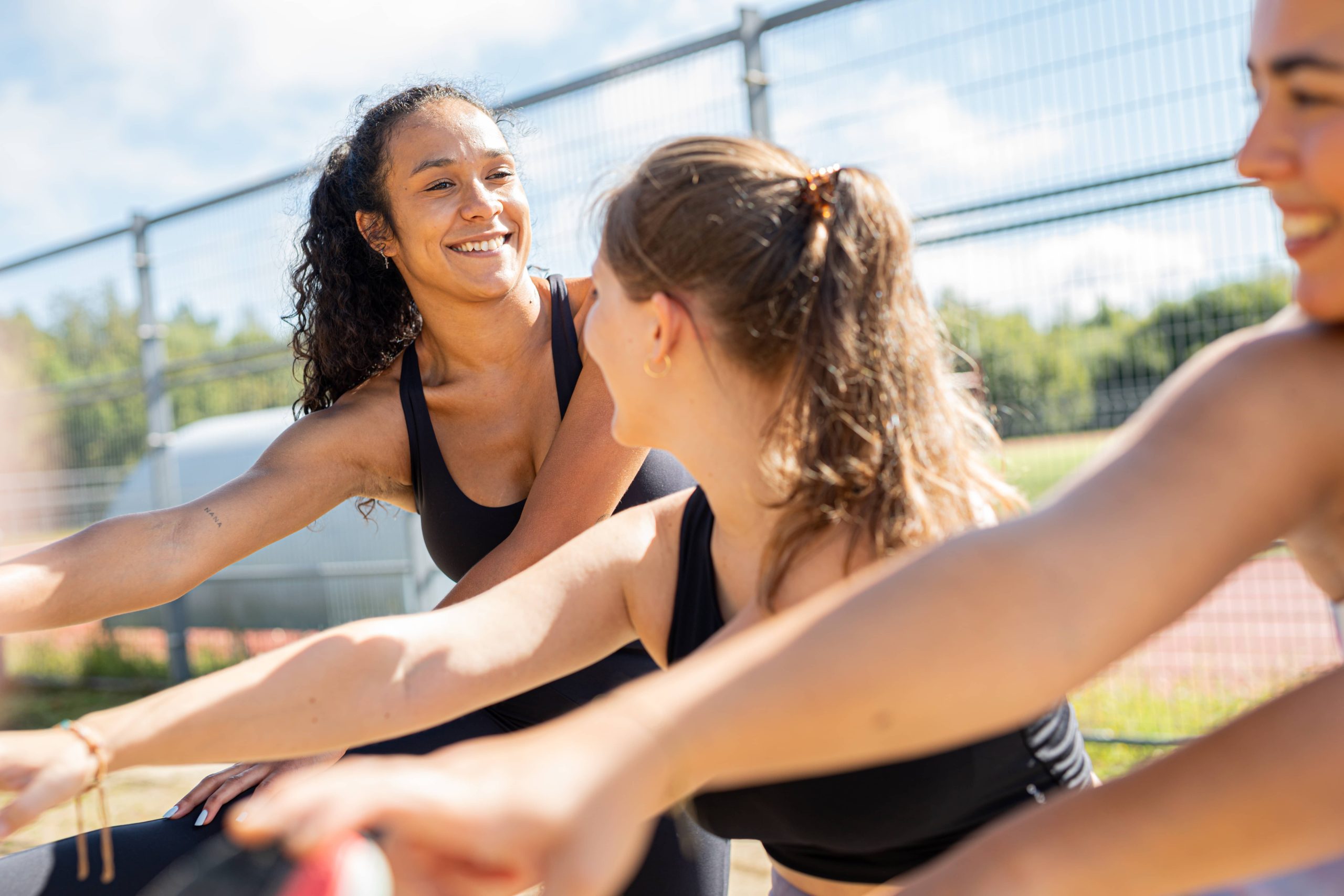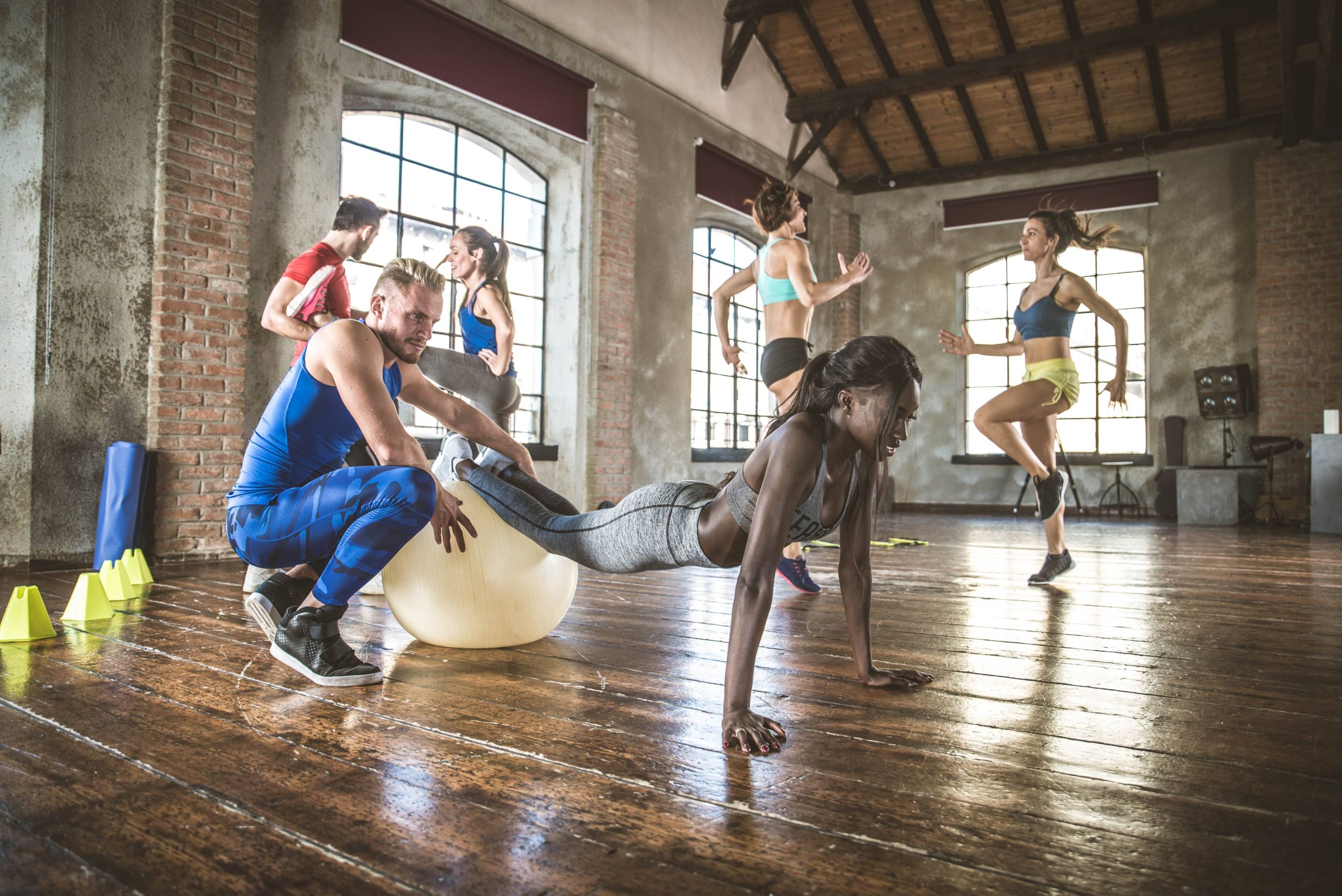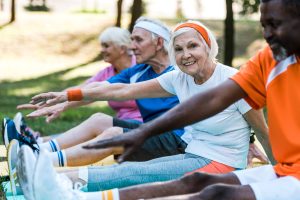
Cycling is more than just a workout; it’s an experience, a community, and for many, a way of life. While solo rides offer a chance to meditate and find one’s rhythm, group cycling brings a different kind of exhilaration. It combines the thrill of the ride with camaraderie, teamwork, and shared goals. However, group cycling is not just about pedaling together; it requires coordination, understanding, and etiquette to ensure safety and enjoyment for all. Here are five essential rules for group cycling that can enhance your experience and keep everyone on the right track.
Rule 1: Communication is Key
When cycling in a group, communication is the cornerstone of safety. Since cyclists have only seconds to react to obstacles, it’s crucial to keep lines of communication open and clear throughout the ride.
Signals and Shouts
The leader of the group bears the responsibility of signaling upcoming changes such as turns, stops, or road hazards. These signals must be passed backward through the line of riders, ensuring that everyone is informed. Hand signals are a universal cycling language: a raised hand signals stopping, while pointing left or right indicates a turn.
Audible communication—like shouting “Car back!” for approaching vehicles or “Stopping!” when slowing down—is equally essential. Practice makes perfect; without clear communication, the potential for accidents increases significantly.
The Power of Eyes and Ears
In addition to hand signals and vocal cues, keeping one’s ears open to the surroundings and maintaining eye contact with fellow riders can help anticipate actions and minimize risks.
Rule 2: Ride Predictably
Predictability is another critical factor in group cycling. Unpredictable riders heighten the risk of crashes. Group rides are smoother and safer when everyone rides in a predictable manner.
Hold Your Line
Holding a straight line is vital when riding in a group. Avoid sudden swerves, as these can cause collisions or force fellow riders into unsafe positions. Similarly, avoid overlapping wheels. In the event the rider in front makes an unexpected move, your overlap could lead to a fall.
Consistent Pace
Maintain a consistent speed. If you feel the pace is too fast or slow, communicate with the group, rather than making abrupt changes that could disrupt the flow.
Breaking the pace line can lead to crashes. Additionally, the natural drafting effect, which allows riders behind you to conserve energy, relies on a constant speed and formation.
Rule 3: Follow the Leader
Every group ride requires a designated leader, whose role is critical to the group’s smooth navigation across the course. The leader sets the pace, directs the route, monitors the group’s overall health, and communicates necessary actions.
Respect the Pace
Adapting to the pace set by the leader is essential. Consistency in pace not only ensures that the group stays together, but also conserves energy, optimizing the ride for all participants. If a rider cannot maintain the pace, it is courteous to alert the leader, who may adjust the speed or suggest an alternative formation or route.
Navigational Authority
Trusting the leader for navigation is generally preferable. If individuals make independent decisions without consulting the leader, it could lead to confusion and separation from the group. Leaders know the course intricacies, and effective communication allows for informed decisions regarding route adjustments or unforeseen changes in plan.
Rule 4: Safety First
While cycling in itself introduces inherent risks, prioritizing safety doesn’t just protect the individual—it safeguards the entire group.
Helmets and Gear
Every rider should wear a helmet. Proper helmets protect against potential injury in the event of a fall or collision. Other safety gear, like reflective clothing and lights, become crucial during low-light conditions. Always perform a gear check before heading out to ensure that equipment is functioning properly.
Be Aware of Traffic Laws
Group rides should comply with all traffic regulations. Stop at red lights and stop signs just as any vehicle would. Remember, cyclists share the road with motor vehicles. Abiding by traffic laws not only ensures safety but promotes a respectful cycling culture.
Single File Rule
If riding in large groups, adopt single file riding, especially on narrow roads or when cars are approaching. Double lines are acceptable in wider spaces, but single-file offers easier navigation for vehicles, reducing tensions between cyclists and motorists.
Rule 5: Respect Others
Courteous behavior fosters a positive cycling community, enhancing both safety and enjoyment.
Inclusivity and Support
Be inclusive to riders of all skill levels. Welcoming newcomers builds a more robust cycling community. Offering guidance or assistance to those struggling helps foster bonds and encourages participation.
Respect the Environment
Respect public and private properties during rides. Avoid littering, and be mindful of noise in residential areas. Respect also extends to nature by steering clear of wildlife and respecting environmental boundaries.
Share the Road With Others
Remember, cyclists aren’t the only users of roads and trails. Show patience and respect towards pedestrians and other users, calling out when you’re passing or signaling your presence when necessary.
Conclusion
Group cycling is an invigorating way to enjoy the sport with others, but it’s vital to remember that safety and respect must shape every ride. By maintaining clear communication, adopting predictable behaviors, respecting leadership, prioritizing safety, and upholding a culture of respect, group cycling can be both an enjoyable pastime and a rewarding journey. These five rules won’t just improve your riding technique—they can transform the entire group cycling experience, creating a safer and more cohesive community for all cycling enthusiasts. Whether you’re a veteran cyclist or a newcomer, following these guidelines will enrich every group ride, paving the way for enduring friendships and unforgettable adventures.











